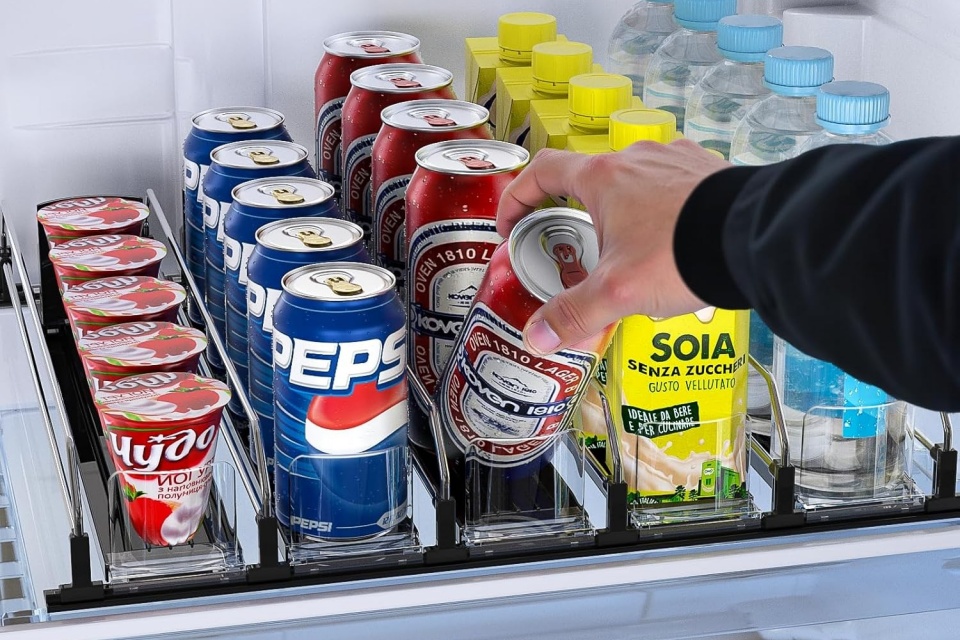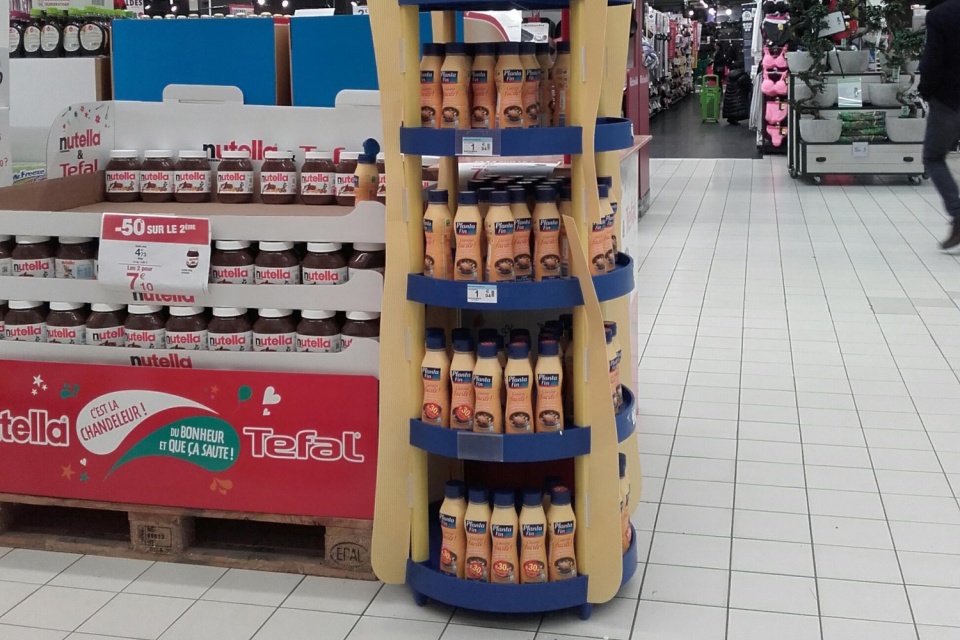



This blog shares SPI best practices in PCB assembly, using 3D inspection and process data to boost solder quality and cabinet electronics reliability.
When a cooler or drink cabinet dies in the field, the end user only see “fridge broken”. But you and me know: often it’s a tiny PCB solder issue behind the pretty metal, glass, and wire shelves.
That’s why solid Solder Paste Inspection (SPI) is not “nice to have”. It’s basic survival for your SMT line, and for brands selling things like commercial display cabinet components or drink holder anti-tip wire rack systems together with smart controllers from partners like QIAO.
Most process engineers will tell you a painful truth:
More than half of SMT defects come from the solder paste printing step.
If you only check after reflow, you already lost. You threw parts, time and line capacity into a board that was “doomed” at the printer.
Best practice 1: Put SPI right after printing, before placement.
Real-world scene:
You’re building control boards for a glass door merchandiser. If paste on a QFN power IC is low and nobody catch it, that board might fail inside a supermarket at 3 a.m. Compressor stops, drinks become warm, everybody angry. All started at the printer.

Old lines still use 2D SPI or even only manual microscope. It works… until it doesn’t.
Why 3D is now the standard for serious SMT lines:
In NPI builds or when you ramp a new board for a high-end refrigeration unit, use 3D SPI to tune print process until you get a stable “green” map. 2D can still help for simple, big pads, but don’t rely only on it for 0.5 mm BGA or tight QFN.
You can’t say “good” or “bad” paste print without numbers. Most EMS teams set target windows for volume and height relative to design.
A common starting point in many factories:
Then they tune it by product type.

| SPI Parameter | Typical Target Window (Start Point) | If Too Low | If Too High | Comment |
|---|---|---|---|---|
| Paste Volume (all pads) | 80–120% of design volume | Open joints, weak solder fillet | Bridging, solder balls, void risk | Adjust per component type |
| Paste Height | ~ stencil thickness ±20% | Not enough metal, “dry” joints | Slump, extra spread, tombstoning risk | Watch aging paste |
| X/Y Offset | < 25–50% of pad width | Fillet pulled off pad, partial opens | Same, plus risk on fine pitch bridges | Printer alignment / PCB fiducials |
| Area Coverage | > 80–90% of pad area | Corners bare copper, fillet too small | Usually tied to volume/height anyway | Check after stencil change |
| Bridges / Smearing | 0 allowed in mass production | No wetting, no bridge | Shorts, rework, NCMR, customer returns | Don’t negotiate here |
These numbers are not religion. Good process engineers use them as a starting recipe, then refine with real data: AOI results, x-ray for BGA, field returns.
If you only use SPI to say “Pass/Fail”, you’re wasting money. The real value is process control.
Daily routine on a modern line might look like this:
Example from a fridge controller job:

Fine-pitch is where SPI really earn its money. For 0.5 mm BGA, QFN with big thermal pad, and small logic ICs, many factories use tighter windows:
Extra tips that show you know the craft:
If you supply commercial display cabinet components or cold storage room components with smart controllers co-designed with QIAO, you want those BGAs solid. A single hidden void on a compressor driver can stop a whole line of merchandisers in a retail chain.
For serious customers (food retail, pharma cold rooms, supermarket chains), “looks good to me” is not enough. They expect you to reference industry standards like IPC-7527 for solder paste printing quality.
Best practice here:
Let’s be real: nobody in production has time for pure academic stuff. SPI has to support takt time, yield and NPI ramp.
Here’s how mature teams use the data:
This mindset works whether you assemble PCB for industrial freezers, vending machines, or lighting inside display cabinets. For a company like QIAO, which focuses on custom wire shelving manufacturing services and commercial display cabinet components, choosing EMS partners with strong SPI process is a smart risk control. Your metal parts keep the products standing, their PCBs keep them running.